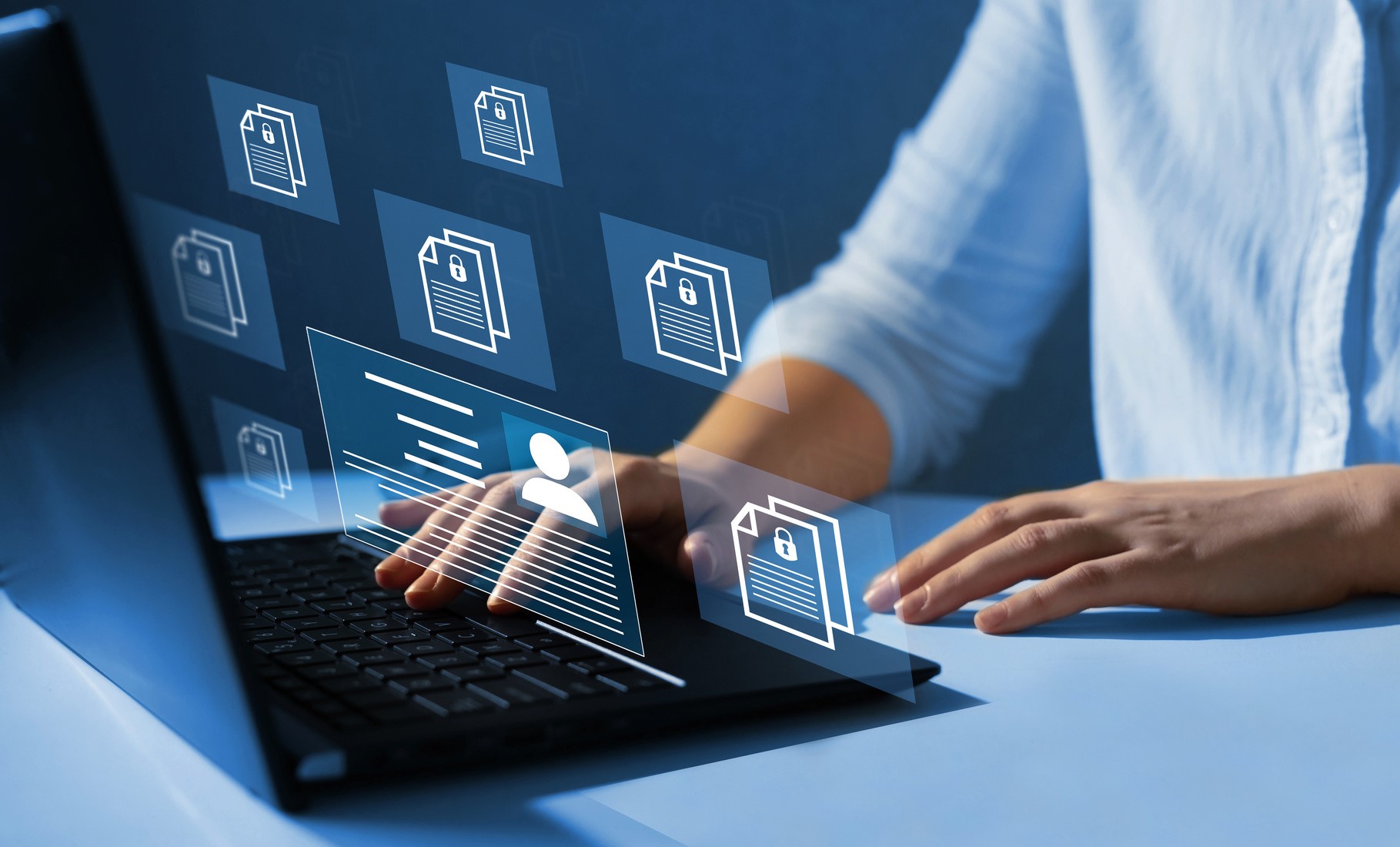
These days, more and more people are working remotely, enjoying the flexibility and convenience it offers. However, with the rise in remote work, cyber threats have also increased, targeting vulnerable home office setups. At Graxo Consulting, we want to ensure that your employees and your business are safe from malicious actors, which is why this blog post focuses on essential cybersecurity tips and tools specifically designed for remote workers to safeguard themselves and their employers from potential cyber-attacks.
Your home network is the foundation of your remote work setup, and securing it is paramount. Ensure your Wi-Fi router has a strong and unique password, uses WPA2 or WPA3 encryption, and hides the network name (SSID). Also, enable the router’s built-in firewall for an added layer of protection. Regularly update the router’s firmware to fix any security vulnerabilities.
A VPN creates a secure encrypted tunnel between your device and the company’s network, protecting your data from prying eyes. Use a reputable VPN service while working remotely to maintain the confidentiality of sensitive information transmitted over the internet.
MFA adds an extra layer of security beyond passwords. Enable MFA for all your work-related accounts, such as email, cloud storage, and collaboration tools. This way, even if your password is compromised, cybercriminals will find it extremely challenging to gain unauthorized access.
Regularly update your devices (laptop, smartphone, router) and software applications (operating system, antivirus, office tools) with the latest security patches. Cyber attackers often exploit known vulnerabilities, and updates help to fix these weaknesses.
Phishing remains a prevalent threat. Be vigilant of suspicious emails, messages, or links that may lead to malicious websites. Always verify the sender’s email address and refrain from clicking on unknown links or downloading attachments from untrusted sources.
Maintain physical security by ensuring only authorized individuals have access to your home office. Lock your devices when not in use, and consider using biometric authentication or strong passwords to prevent unauthorized access.
Use encryption for sensitive data stored on your devices or transmitted online. Full-disk encryption for laptops and cloud storage encryption ensure that even if your device is lost or stolen, your data remains protected.
Perform regular backups of your important files to an external hard drive or a secure cloud storage service. In case of a cyber incident, such as a ransomware attack, having backups will ensure you don’t lose critical data.
Avoid using public Wi-Fi networks for work-related tasks. Public Wi-Fi spots are often unsecured, making it easier for cybercriminals to intercept sensitive data. If you must use public Wi-Fi, connect via a VPN for an added layer of protection.
Working remotely offers flexibility and convenience, but it comes with cybersecurity risks that cannot be ignored. By following these cybersecurity tips and utilizing the right tools, you can create a safer home office environment and protect both yourself and your employer from cyber threats. Stay proactive, stay secure, and continue being a productive remote worker!
If you need consultation and training with regard to your technology and improving your cybersecurity posture, or if you have any further questions, feel free to contact us here.
Found this article interesting? Follow us on Twitter and LinkedIn to stay up-to-date with our cybersecurity tips and tricks.





© 2025 graxo consulting (pvt) limited. All rights reserved.